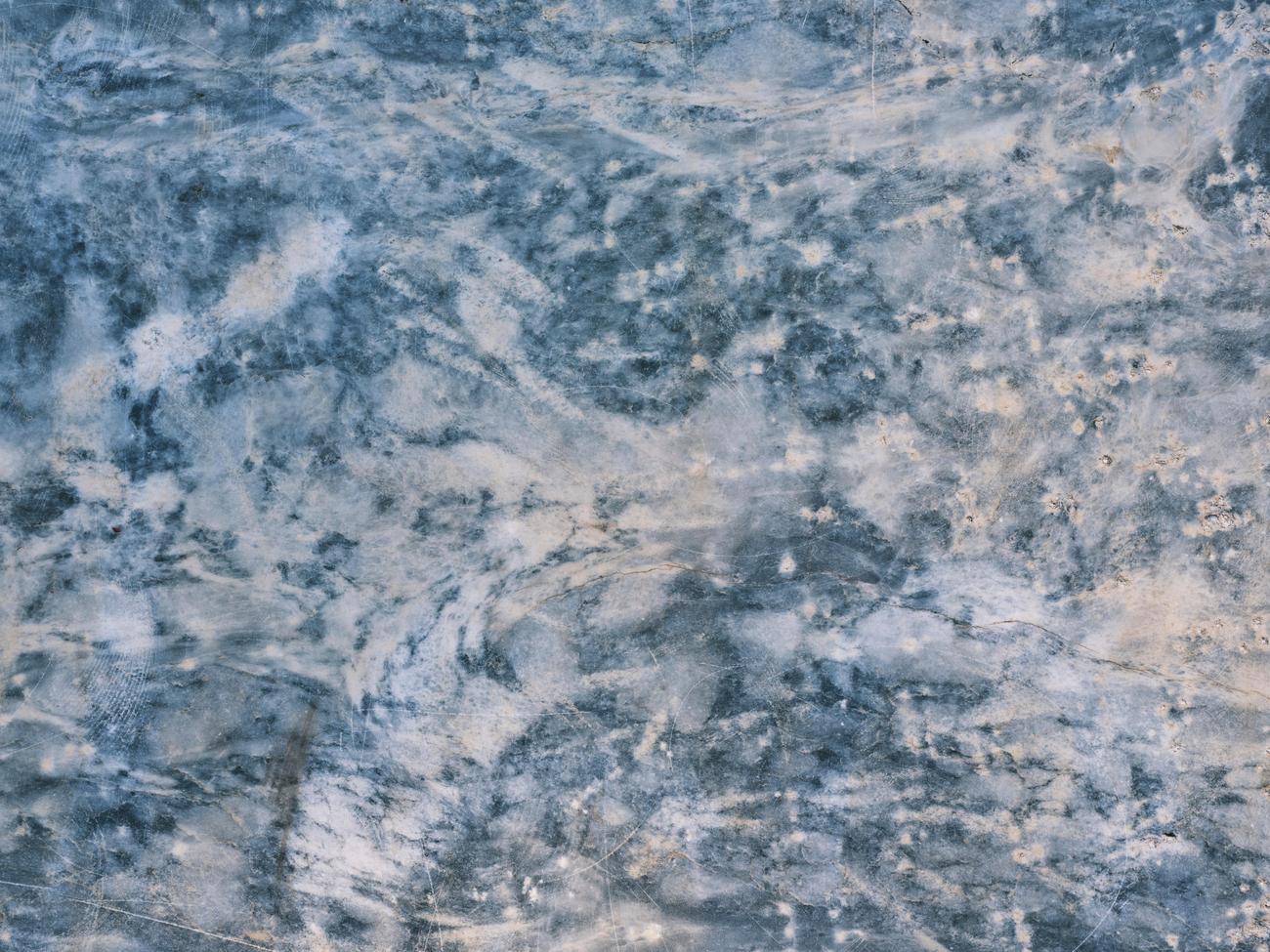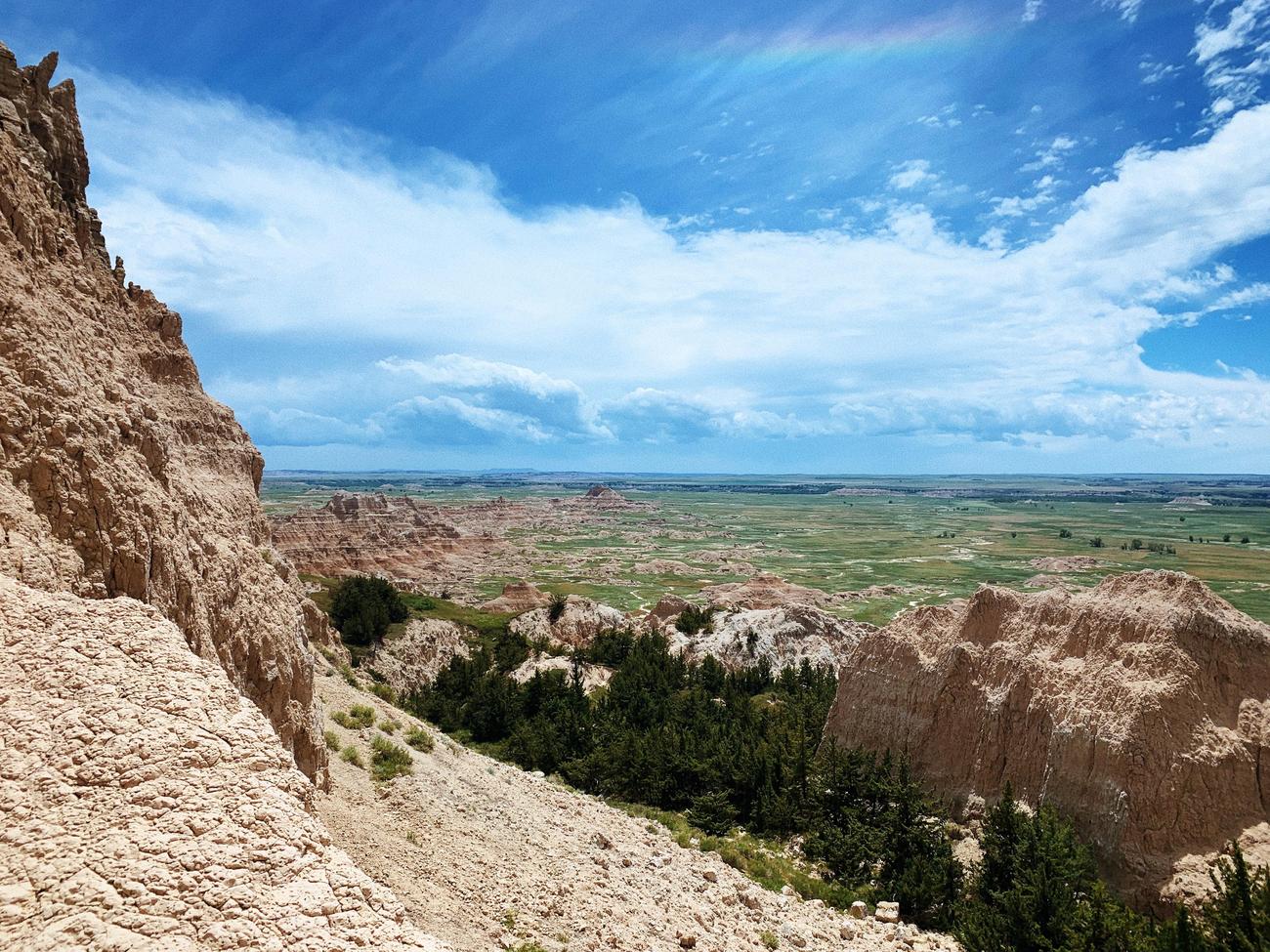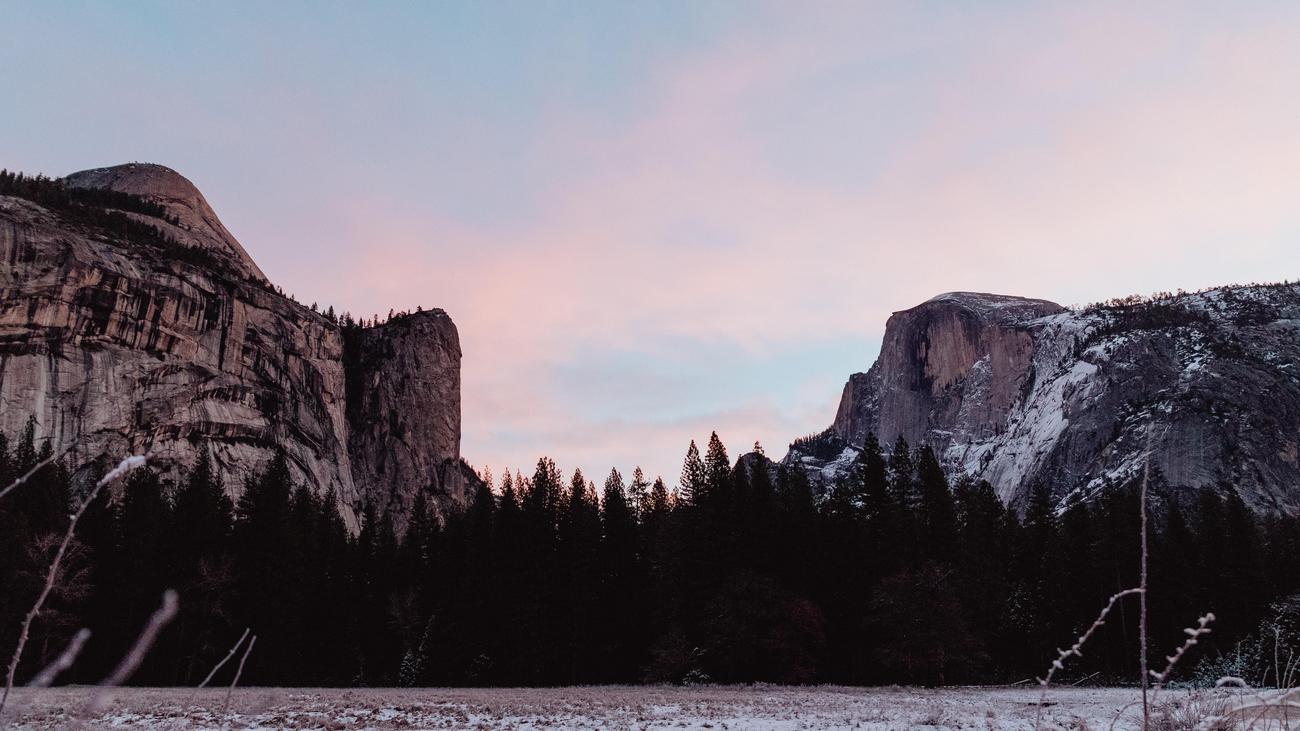Are you ready to embark on a thrilling journey into the mysterious world of geological formations? Hold on tight as we unveil the secrets of granite formations, a stunning geological phenomenon that has captivated scientists and nature enthusiasts alike. In this article, we delve deep into the intricate origins, composition, and characteristics of these majestic granite formations. As a seasoned geologist with years of expertise in this field, I am excited to guide you through this expert analysis, shedding light on the remarkable secrets that lie within these ancient rocks. Get ready to be amazed by the wonders of granite formations!

Geological Formations of Granite
Granite, a fascinating type of igneous rock, holds the key to uncovering the secrets of our Earth’s geological history. As a seasoned geologist with expertise in studying various granite formations, I invite you to join me on a journey of exploration, where we will delve into the origins, composition, and characteristics of these remarkable geological formations.
What is Granite?
Granite is widely recognized for its essential role in construction and building materials. Composed of minerals such as feldspar, quartz, and mica, granite possesses physical and chemical properties that make it exceptionally durable and versatile. Its mineral composition can vary depending on the location where it was formed, leading to a diverse array of colors, ranging from pristine white to deep black.
The Varying Textures and Grain Sizes
Have you ever wondered why granite can appear so different in texture and grain size? Well, the answer lies in the formation conditions. Granite can undergo slow crystallization of magma underground, resulting in various textures and grain sizes. This is what gives each granite formation its unique character and visual appeal.
In the intricate network of Earth’s geological processes, granite formations reveal the fascinating and beautiful diversity that lies beneath our feet.
Classification and Formation
Granite falls under the classification of plutonic rock and is further categorized under the QAPF classification as either syenogranite or monzogranite. Its formation is a result of the slow cooling and crystallization of magma deep within the Earth’s crust. It is commonly found in the upper continental crust, creating a strong link between granite formations and plate tectonics, which drive the movement of Earth’s crust.
The formation of granite is a testament to the dynamic nature of our planet, where powerful forces shape and reshape its surface over millennia.
Granitization and Metamorphosis
Granitization, a geological process, is responsible for the formation of granite or closely related rocks. Through geophysical surveys, granite formations can be identified and studied. It’s worth noting that granite itself can also undergo metamorphosis, transforming into other types of rocks under specific geological conditions.
The Importance of Understanding Granite Formations
The durability and aesthetic appeal of granite make it a highly sought-after material in various industries, including construction and interior design. It is extensively utilized in countertops, flooring, monuments, and more. By unraveling the geological formation and properties of granite, we gain valuable insights that contribute to advancements in these industries.
Understanding the geological secrets and properties of granite is not only fascinating but also pivotal for innovation and development in numerous applications.
In conclusion, the geological formations of granite offer a captivating window into our planet’s past and the forces that shape it. Through the exploration of granite’s composition, formation, and characteristics, we gain a deeper understanding of Earth’s dynamic history. Join me in this journey to unveil the secrets of granite formations, where together, we’ll marvel at the wonders that lie beneath the surface.
Table: Properties of Granite
| Properties | Description |
|---|---|
| Composition | Composed of feldspar, quartz, and mica minerals |
| Colors | Range from white to black, influenced by various factors |
| Texture and Grain Size | Varies depending on formation conditions |
| Classification | Plutonic rock, categorized as syenogranite or monzogranite |
| Formation | Slow cooling and crystallization of magma underground |
| Location | Commonly found in the upper continental crust |
| Applications | Used in construction, flooring, countertops, and monuments |
References:
– Insert relevant references here.
Granite is a fascinating natural stone that captures the imagination with its stunning beauty and durability. But have you ever wondered where exactly is granite found? We have the answer for you! If you are curious to explore the origins of this magnificent stone and discover its unique geological formations, click here: Where Is Granite Found. It will take you on a virtual journey to unveil the diverse locations where granite is found all around the world. Prepare to be amazed by the deep, rich hues and intricate patterns that adorn these granite quarries. Don’t miss out on this opportunity to delve into the hidden secrets of the planet’s geological wonders. Happy exploring!

FAQ
Q: What is granite?
A: Granite is a type of igneous rock commonly used in construction and building materials. It is composed of minerals such as feldspar, quartz, and mica.
Q: What are the physical and chemical properties of granite?
A: Granite possesses physical and chemical properties that make it a durable and versatile material. It is known for its hardness, resistance to abrasion, and ability to withstand weathering and erosion. Additionally, granite has low porosity, making it less susceptible to water absorption and staining.
Q: Can the mineral composition of granite vary?
A: Yes, the mineral composition of granite can vary depending on the location where it was formed. While feldspar, quartz, and mica are common minerals found in granite, the specific proportions and presence of other minerals may differ in different granite formations.
Q: What determines the color of granite?
A: Granite can have a wide range of colors, ranging from white to black. The color of granite is determined by various factors, including the presence of specific minerals and impurities during its formation. For example, granite with a higher content of quartz often appears lighter in color, while the presence of minerals like biotite or hornblende can contribute to darker shades.
Q: How is granite classified and formed?
A: Granite is classified as a plutonic rock and is categorized under the QAPF classification as either syenogranite or monzogranite. The formation of granite is a result of the slow crystallization of magma deep underground. This process, known as granitization, involves the cooling and solidification of molten rock over millions of years. Granite formations are commonly associated with plate tectonic activity and the movement of Earth’s crust.
















